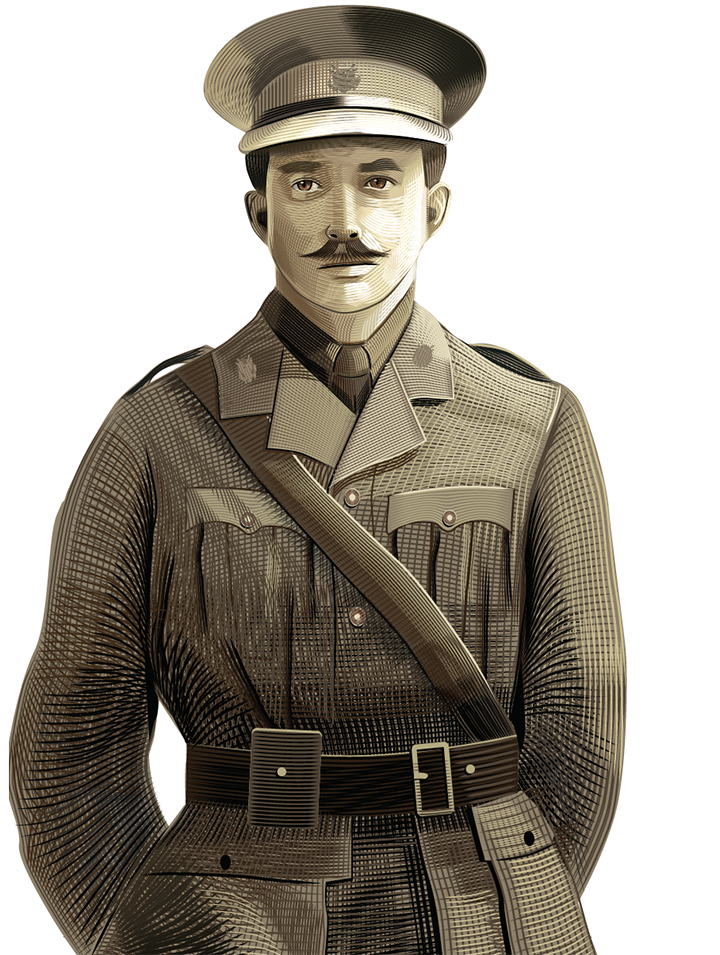
“I think no others in my class had cars, which were still a rarity on the bumpy trails that connected even the principal cities,” Hall later wrote. “Some of our cruises in that clattering piece of mechanism were weird and wonderful, often with seven or eight highly irresponsible classmates hanging on to odd projections.”
Occasionally they outran police officers, who would shout, “I’ve got your number,” referring to the license plate. The Princetonians kept a stack of fake plates on hand, however.
After graduation, Hall embarked on a world tour in a seemingly indestructible Packard, driving through Java, Malaya, Japan, China, Siberia, the United States, India, and Europe. He crossed the Arctic Circle, writing to his class secretary from Swedish Lapland, “Latitude 68° 27’ north — farthest north ever reached by motor car, 197 miles north of the Arctic Circle and extreme end of most northerly road in the world.” He often had to stop for skittish horses, disembarking from the Packard and tying a coat over the horse’s head to calm it as he passed.
When war broke out in 1914, Hall joined the French army as an “automobilist,” chauffeuring officers around the front in Belgium. He put his Packard to use ferrying American refugees out of Paris, then joined a small group of automobilists in the British Expeditionary Forces, painting “O.H.M.S.” (On His Majesty’s Service) on his windshield. He stole into Weimar Berlin as a spy for the British, posing as an American entrepreneur eager to sell German industrialists a new method of creating motor fuel from coal. He kept his notes on oiled paper inside a tube of toothpaste.
In 1918, Hall transferred to the Air Service of the American Expeditionary Force, serving under Col. Bill Mitchell, a military pioneer of a marvelous new motor machine, the airplane. Hall contested the requirement that pilots, as field officers, wear spurs with their uniforms, telling one superior, “Colonel, spurs are useful equipment for a horse, but they’re apt to be a dangerous encumbrance among the loose control wires of a Spad,” a fighter plane. The superior didn’t approve, but Mitchell let Hall go aloft unspurred.
Hall held many titles, including Officer of the Million Elephants and the White Parasol, from Laos. In October 1953, PAW gave him another, enviable though unofficial: “most fabulous alumnus.”
Hall left two memoirs, which are sensational reading.
